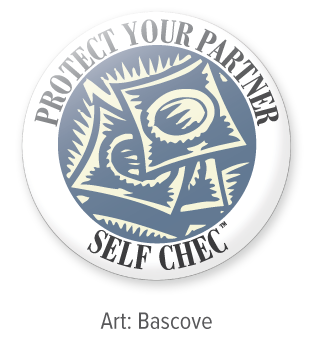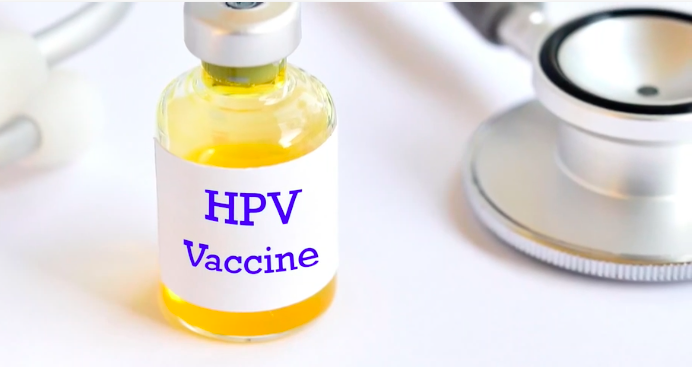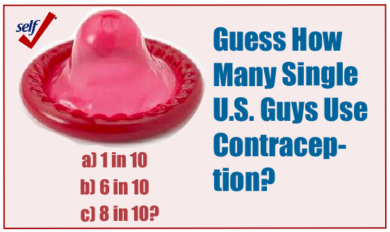What You Need
To Know About Condom Use
Condoms* offer the best available protection against STDs and AIDS by acting as a physical barrier to prevent the exchange of semen, vaginal fluids or blood between partners.
- Use condoms all the time. Use condoms for all vaginal, anal and oral intercourse.
- The condom should be in place from the beginning to the end of the sexual activity.
- Use a fresh condom every time you have sex. Check the use-by date and open the packet carefully so that you don’t tear the condom with a fingernail, jewelry or teeth.
- Use a water-based lubricant to help reduce the chance that a latex condom will fail; oil-based lubricants and petroleum jelly reduce the effectiveness of any latex barrier. If you prefer an oil-based lubricant, switch to a polyurethane barrier.
- Use a polyurethane condom if you are allergic to latex. Regardless of the material, choose the appropriate size for the right coverage.
- Avoid condoms with the spermicide nonoxynol-9, once thought to help prevent HIV transmission. Research has shown that it irritates vaginal tissue and can create small tears.
- Use appropriate barriers for intimacy other than intercourse, such as condoms on dildos and other penetrative sex toys, latex gloves for digital penetration and a sheet of latex called a dental dam that’s placed over a woman’s genitals during oral sex.
Some infections can be spread by contact with surrounding skin if it’s not covered—pubic lice and scabies, genital warts and herpes for instance are spread by close skin-to-skin contact. Still, condoms do offer the best available protection when used correctly.
*Fyi, in India condoms are referred to as playguard.
Resources: NHS.UK and AIDS.gov
Learn more About How To Put A Condom On Properly (For Men And Women)













